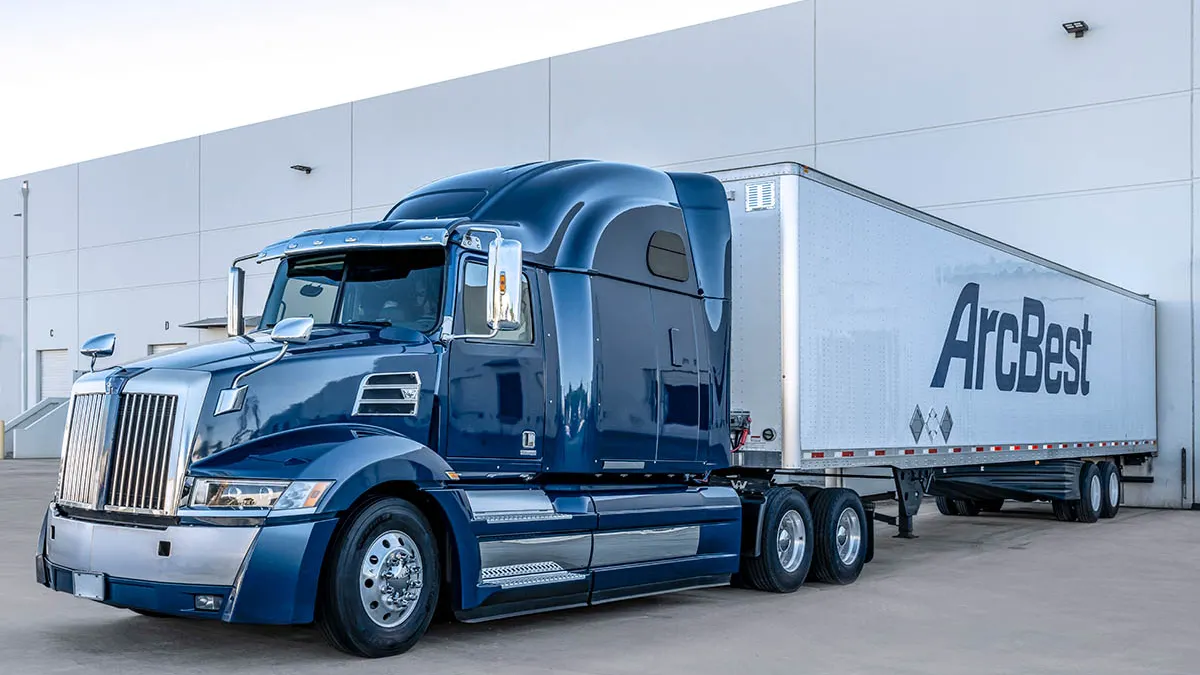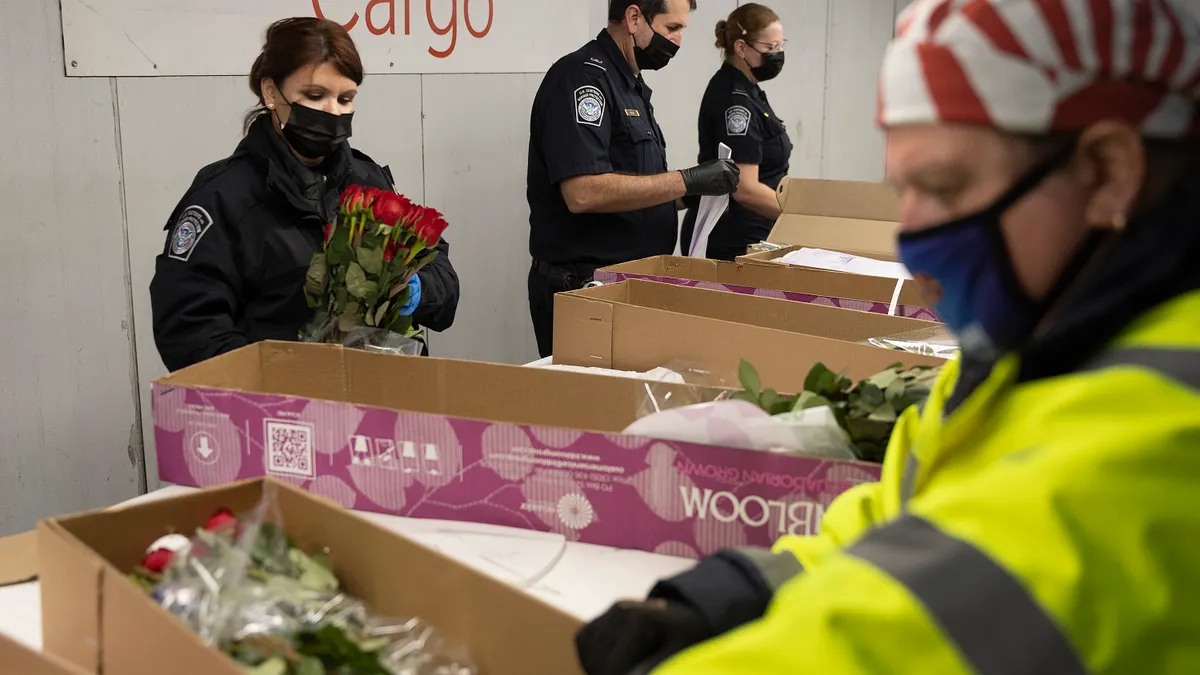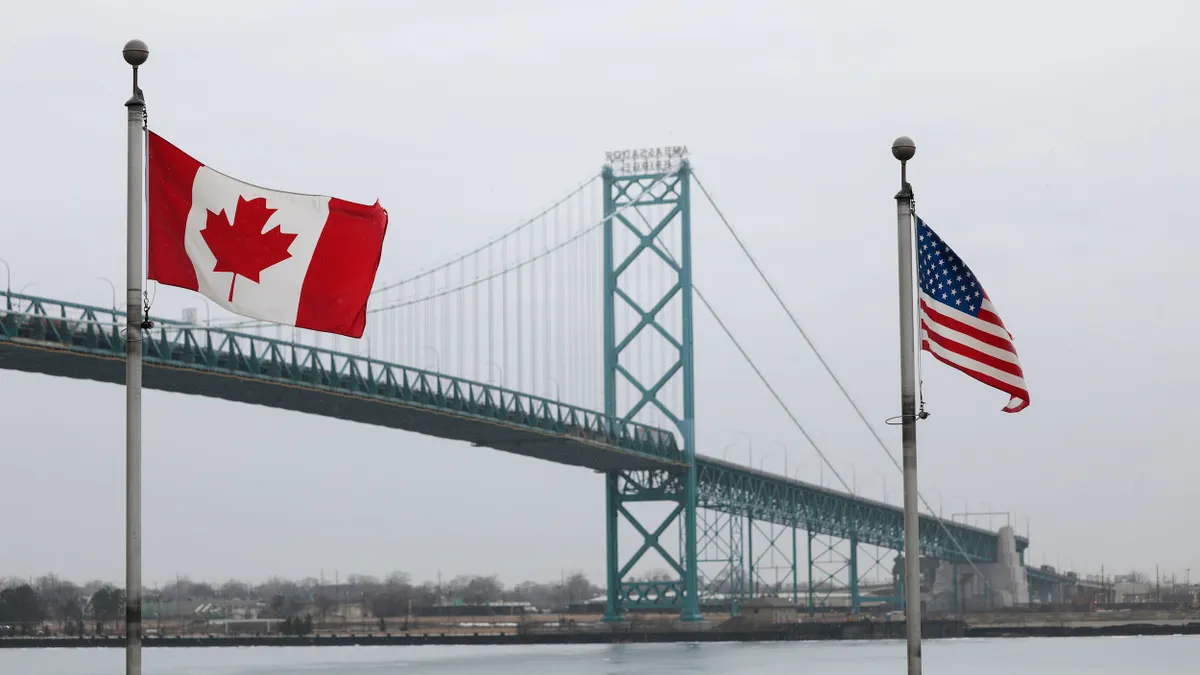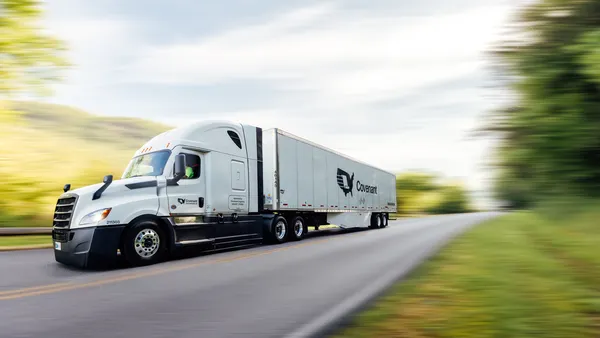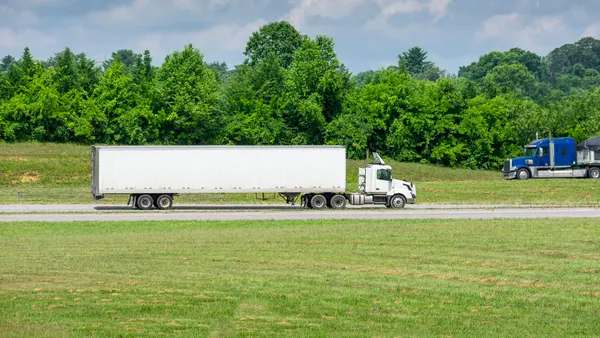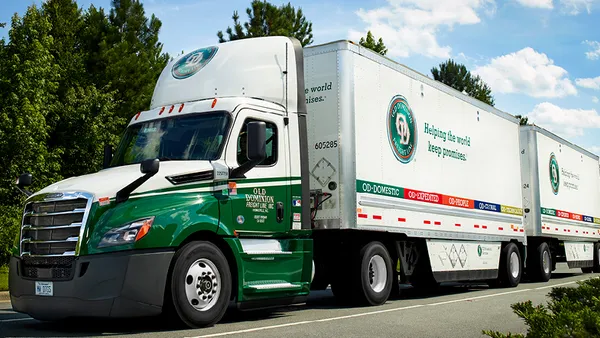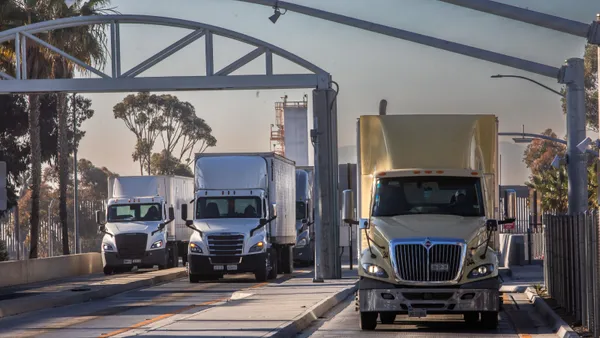ArcBest’s conversations with its customers have revealed a “mixed bag” of how they are navigating tariffs, as the logistics company aims to help them navigate the current freight environment, Chief Commercial Officer Eddie Sorg said in a Q1 earnings call.
Shippers are facing uncertainty around tariffs and a soft industrial economy, leading many to adjust their supply chain and logistics strategies in an effort to avoid future disruption.
Sorg described five strategies ArcBest’s shipper customers are using:
1. Implementing a wait-and-see mode. By doing so, customers are trying “to figure out what the next tweet is going to come out and say,” Sorg said, referring to President Donald Trump’s use of social media platforms like Truth Social to communicate tariff updates.
2. Using bonded warehouses. Sorg said this second group is not waiting but rather taking advantage of other service options, including inbound and bonded warehousing options to get their freight moved. This type of service uses a storage facility where shippers can store their imported goods without needing to immediately pay import taxes and duties.
3. Using domestic manufacturing or suppliers.
4. Implementing surcharges or passing along higher costs to their customers.
5. “Business as usual.” For ArcBest, this is a “big group of customers,” Sorg said. “This is not having a material impact on them right now.”
Several other carriers, such as J.B. Hunt, Werner and Schneider National, have reported tariff impacts leading to changes in how customers interact with their businesses. For example, J.B. Hunt said shippers are taking longer to execute contracts as they take a more cautious approach, according to a Q1 2025 earnings call.



